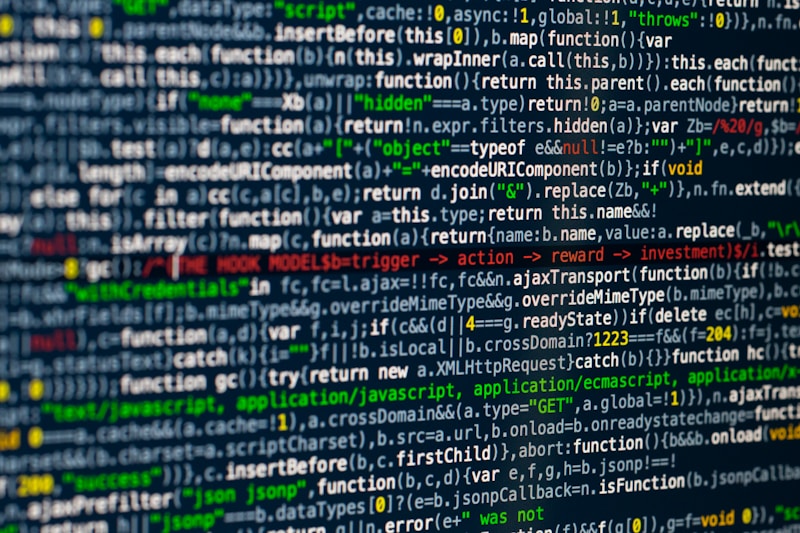30 Questions
What is the primary function of the mouth in the digestive system?
Mastication (chewing)
Which gland secretes the largest amount of saliva?
Parotid (ear)
What is the main component of saliva?
Proteins
Which type of acinar cells in the salivary glands produces amylase?
Serous
What is the primary function of saliva in relation to digestion?
Lubrication
What is the role of the pharynx in the digestive system?
Takes food to the stomach
Which sphincter prevents stomach contents from entering the oesophagus?
Gastroesophageal sphincter
What is the main function of the stomach in protein digestion?
Begins protein digestion through secretion of hydrochloric acid and enzymes
What controls the amount of chyme entering the small intestine?
Pyloric sphincter
What cells in the stomach mucosa produce mucus?
Mucous cells
What is the function of stomach acid?
Breaks down connective tissue
Which cells secrete histamines in the stomach?
Enterochromaffin cells
What is the role of D cells in the stomach?
Decrease production of stomach acid
Where does the duodenum receive chyme, bile, and pancreatic enzymes?
Duodenum
What is the main function of the colon?
Water and salt reabsorption
Which organ secretes bile and allows fats to be emulsified?
Liver
What causes osmotic diarrhea?
Too many solutes in the lumen
Which part of the digestive tract secretes succus entericus?
Small intestine
What type of diarrhea is caused by epithelial damage?
Inflammatory- epithelial damage causing them to be replaced with cells lacking transporters.
What cells aid in vitamin B12 absorption in the stomach?
Parietal cells
Saliva contains 99.5% proteins and 0.5% water
False
The parotid gland is the largest of the three pairs of salivary glands
True
The stomach's main function is to absorb nutrients from food
False
The gastroesophageal sphincter prevents stomach contents from entering the trachea
False
The pharynx takes food to the stomach and air to the oesophagus
False
Chief cells secrete pepsinogen, the inactive form of pepsin.
True
The parietal cells in the stomach secrete hydrochloric acid and intrinsic factor.
True
G cells in the stomach release somatostatin, which decreases the production of stomach acid.
False
The pancreas secretes enzymes such as amylase and lipase into the duodenum.
True
The large intestine has four parts: ascending, transverse, desending, and sigmoid colon.
True
Study Notes
Mouth and Saliva
- The mouth begins the digestion process by mechanically breaking down food and mixing it with saliva.
- Saliva is primarily secreted by the parotid gland, the largest of the salivary glands.
- The main component of saliva is water, constituting 99.5%, while proteins make up 0.5%.
- Amylase is produced by serous acinar cells in the salivary glands, aiding in carbohydrate digestion.
Functions of Saliva
- Saliva's primary role in digestion is to moisten food, facilitating easier swallowing and enzyme activity.
Pharynx and Sphincters
- The pharynx functions as a passageway directing food to the stomach and air to the esophagus.
- The gastroesophageal sphincter prevents the backflow of stomach contents into the esophagus.
Stomach Functions
- The stomach primarily digests proteins, with pepsinogen secreted by chief cells converting to active pepsin.
- Stomach acid, produced by parietal cells, helps break down food and activates digestive enzymes.
- Mucus, secreted by specialized stomach cells, protects the stomach lining from acid damage.
Regulation of Digestion
- D cells in the stomach release somatostatin, which inhibits stomach acid production.
- The pyloric sphincter regulates the amount of chyme, or partially digested food, entering the small intestine.
Small Intestine and Digestion
- Chyme, bile from the liver, and pancreatic enzymes are received in the duodenum to continue digestion.
- The pancreas secretes enzymes like amylase and lipase to aid in carbohydrate and fat digestion.
Large Intestine and Functions
- The colon, consisting of the ascending, transverse, descending, and sigmoid parts, mainly absorbs water and electrolytes, forming waste for elimination.
- Succus entericus is secreted by the intestinal mucosa in the small intestine, assisting in further digestion.
Diarrhea and Absorption
- Osmotic diarrhea occurs due to an imbalance in solutes in the intestines.
- Epithelial damage can lead to exudative diarrhea, causing fluid loss.
- Cells in the stomach assist with vitamin B12 absorption.
Miscellaneous
- The gastroesophageal sphincter, sometimes confused with the trachea, helps control the passage of food solely to the stomach.
Test your knowledge on the anatomy and functions of the mouth and salivary glands, including mastication, gland types, saliva composition, and key functions of saliva.
Make Your Own Quizzes and Flashcards
Convert your notes into interactive study material.




